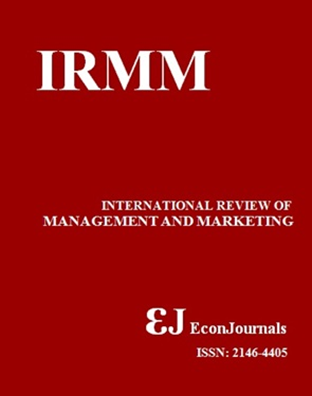Educational Strategies of Kazakhstan Universities Graduates
Abstract
The article shows the relevance of higher education in the light of the strategy "Kazakhstan-2050"; it also explains the need for upbringing of modern youth, aiming at building their own life and educational strategies, the main point of which is a subject to scientific study. In general, this study is focused on the universities graduates' professional self-determination at the entering the labour market. The article deals with the students' educational strategies based on their views on the purpose of higher education and expected prospects for future employment. Graduates expecte from the forthcoming employment in the first place, career, and only secondarily - professional, which is typical for the societies focused on the development of the market type of the state. In the educational process, at the same time, students, on the one hand, understand the need for the acquisition of professional knowledge, on the other hand, they seek to receive universal basic skills. Positive trends in education aimed at the intellectual renewal of the nation are not possible without the formation of new educational strategies. The authors believe that it is necessary to immediately begin the implementation of the "Strategy 2050", in practice, with the simultaneous modernization of the higher education system. Without the implementation of this program the potential of higher education in the Republic of Kazakhstan will not be implemented.Keywords: human capital, higher education, educational strategies.JEL Classifications: I210, I230, Z130Downloads
Download data is not yet available.
Downloads
Published
2016-03-31
How to Cite
Duisenova, S. M., & Kylyshbayeva, B. N. (2016). Educational Strategies of Kazakhstan Universities Graduates. International Review of Management and Marketing, 6(3S), 71–76. Retrieved from https://econjournals.com/index.php/irmm/article/view/2187
Issue
Section
Articles




